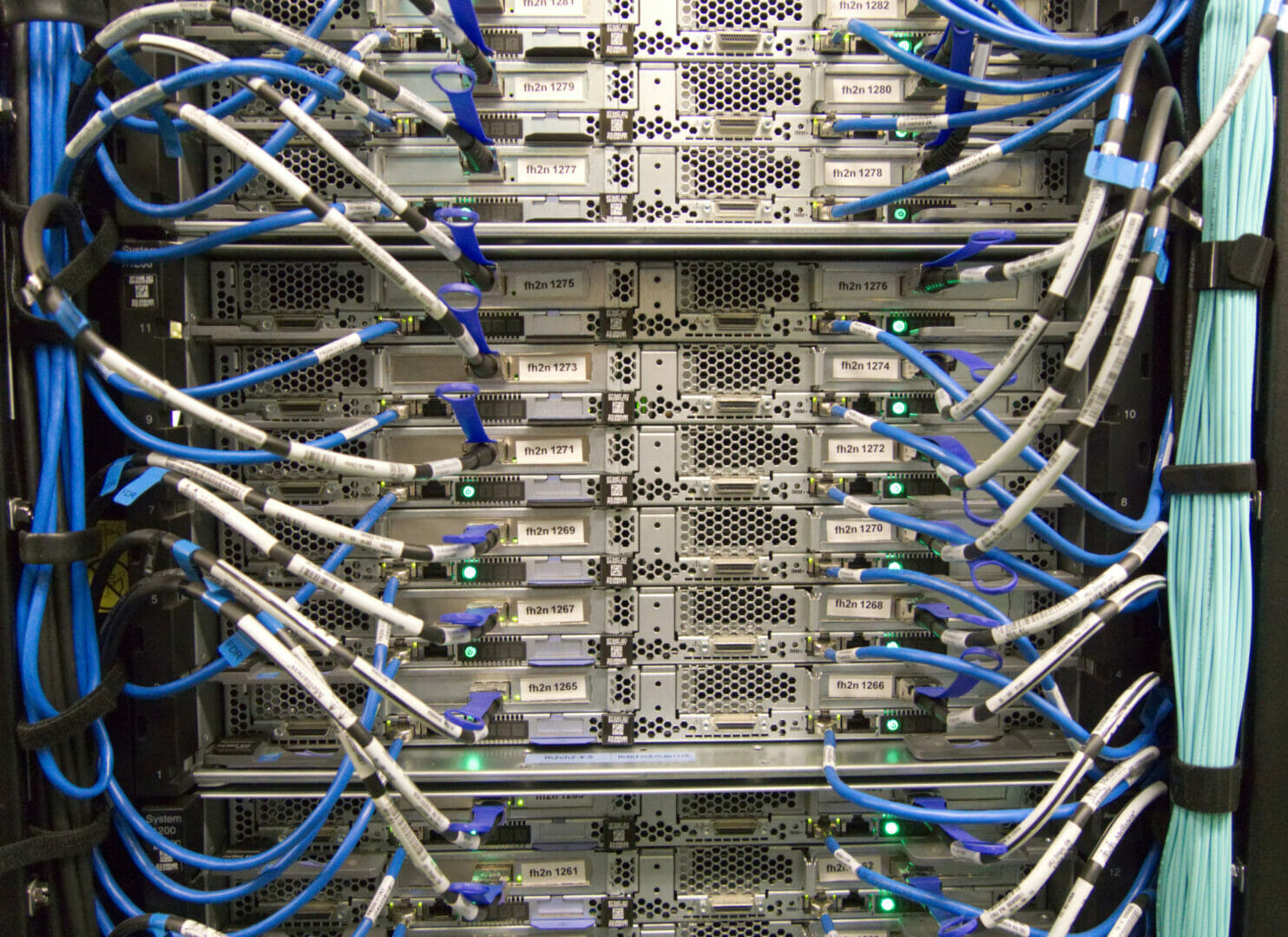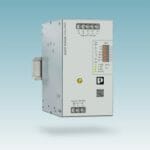~ RX3i CPU systems not only replace, but also streamline, trusted 90-30 controllers ~
They say time equals money, but what about space? Reducing the size and complexity of plant equipment can achieve space and cost savings. Add smart hardware to the mix, however, and it’s possible to enhance process flexibility and performance. Sean Robinson, service leader of automation specialist Novotek UK and Ireland, explains how a popular replacement for decades-old 90-30 systems is realising the idea that ‘space equals money’.
For decades, Series 90-30 controllers have been the systems through which managers have built modern plant infrastructures. Series 90-30 controllers are based on hardware that is versatile and designed to reduce space and costs.
Operators have long favoured 90-30 systems for high-availability applications — and it’s easy to understand why. They are operated through digital interfaces, push buttons and switches and are connected to proximity sensors, relays, contactors and other devices. The systems feature specialty modules, modular architecture, redundant CPUs and power and are designed for ease of programming.
However, within the last few years, Series 90-30 controllers have reached the end of their lifespans. At the same time, plant managers face market pressures to achieve new levels of flexibility and profitability in their production. Therefore, a new system is required that can replace — and improve upon — 90-30 systems.
Migrating to new systems
The RX3i CPU from Emerson and GE Automation has emerged as a popular and effective upgrade for 90-30 systems. The system is usurping decades-old Series 90-30 controllers in industries as diverse as metals, power and timber.
As a knowledgeable and trusted system integrator, Novotek has helped numerous customers reduce the size and complexity of their equipment. For these purposes, we have seen RX3i CPU Programmable Automation Controller (PAC) systems — trademarked as PACSystems by GE — become especially popular.
PACSystems first gained popularity in 2003, in response to the Restriction of Hazardous Substances (RoHS) Directive. The RoHS was adopted by the European Union to restrict the use of certain hazardous substances in electrical and electronic equipment. Since then, PACSystems have not only proven effective for replacing old 90-30 installations, they have also emerged as one of the best paths through which industries can migrate from old to new systems.
As well as being suitable to replace trusted Series 90-30 controllers, the RX3i CPU also integrates with them. Because the RX3i works with the existing backplate, CPU and power supply, it’s possible to bring Series 90-30 modules directly into the PACSystems backplane while also saving on rewiring and space. This is achieved by distributing the inputs/outputs (I/O) around the machine — all that’s needed is a loop with three or four drop-ins. From the planning perspective, Novotek is also able to deliver a prompt and effective transition strategy to install the equipment.
Minimal disruption to processes
The compatibility of the RX3i CPU also extends to software, as the original programmable logic control (PLC) code can be upgraded and translated to the RX3i. In these cases, applications like generators that previously used Series 90-30 are being upgraded to the RX3i. The old data cards can still be used, while the newer device’s multi-slot backplane accommodates both the old serial and new PLC communication modules.
From a practical perspective, this facilitates a prompt and easy installation and configuration. It’s precisely these advantages that made the RX3i CPU so integral to meeting a major RoHS requirement: a quick installation with minimal disruption to processes and uptime.
In some cases, the RX3i CPU is used in combination with the RSTI-EP, a remote I/O system designed for industrial internet applications. With plug and play connectivity, use of the RSTI-EP means that not all the cables have to be re-routed back to the PLC. Because of the system’s remote capabilities, the I/Os can be strategically placed suited to the machine or installation.
Smart architecture combinations
The role of the RX3i CPU in maintaining uptime has been demonstrated in power installations such as building management systems (BMSs).
In this case, installers have used the CPE330 CPU with the RX3i platform of PAC Controllers. If a plant manager wants to migrate a 30-year-old PLC to the latest processor, the CPE330 can support a quick, flawless and pain-free migration process within a few hours. The CPE330 can be easily scaled to a high availability redundant system by adding a second controller.
Gigabit speeds are possible, while avoiding bottlenecks in overall data collection, which sometimes occur in systems that are limited by real I/O connections.
The system is proving especially popular in a variety of heavyweight industries. Timber companies that have used the 90-30 to run their factories are now moving over to the RX3i, used in combination with the RSTI-EP. Metals companies are doing the same, using the RX3i in new-build plants along with the RSTI-EP and QP+ in various combinations of smart architecture.
With these plug-and-play capabilities, and the simplified connectivity and modular nature of these systems, it is easier to scale or transfer operations between facilities. This is useful, for example, if a timber producer wishes to transfer a production unit from one location to another. Smart architecture can sidestep compatibility issues that sometimes arise with co-processors or other units, like printers.
Operating are also making use of the powerful QuickPanel+ (QP+) small, multi-touch screen interface as the human machine interface (HMI) for the operator control. Meanwhile, while modern processing and control software will make up the majority of a system, effective supervisory control and data acquisition (SCADA) systems like GE Digital’s iFIX manage it overall.
From the operator’s perspective, the RX3i allows for a slimmer PLC and smaller HMI. In some cases, the use of the QP+ has meant there is no longer a need for a CPU —an unexpected benefit for reducing the size and complexity of equipment.
Through these capabilities, plant managers have found a next generation smart hardware replacement for Series 90-30 systems. The RX3i CPU integrates easily into existing plant processes while helping managers implement more flexible and streamlined systems. So, it seems that space really can equal money.
For more information, visit www.novotek.com/uk.








